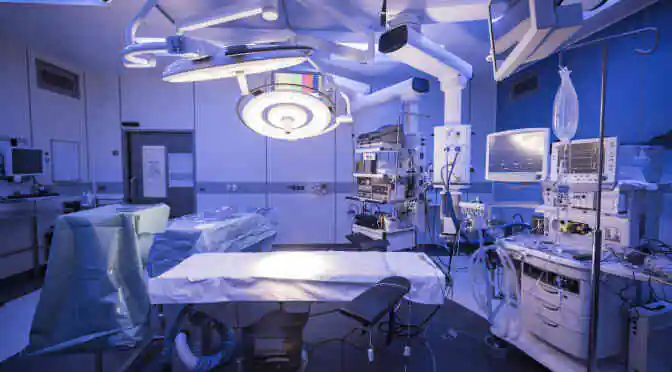Japan is known for being a pioneer in a number of industries, so it comes as no surprise that they are one of the leading countries in the field of regenerative medicine. Regenerative medicine is defined as a branch of research in tissue engineering and molecular biology that deals with the process of replacing, creating, or regenerating human cells, tissues, or organs in order for them to achieve or return to their normal function. In short, being able to regrow a lost limb is no longer the stuff of fiction, and the possibilities that regenerative medicine presents are incredible.
Japan has developed a number of ground breaking and innovative technologies in regenerative medicine. Major companies like Cyberdyne, Healios K.K., and Hitachi Ltd. are spending a great deal of money on research and development in order to create regenerative therapies for diseases like macular degeneration, Parkinson’s, and to help patients suffering from spinal injuries. Most recently, according to an article released by Japan Times, Kyoto University Institute produced quality stem cells from umbilical blood. These cells, they found, were of far better quality than those made from adult blood. The first clinical trial using the stem cells will be conducted in 2017 on a patient suffering from a severe eye disease.
While these developments are huge, regenerative medicine still has a long way to go. There are many factors that make up the regenerative process. Developing the right medicine and techniques is one thing, but getting the patient’s body to accept them is entirely another. There is also a huge difference between regenerating cells and regenerating an entire organ, which includes blood, cells, and tissues. Further, it may be possible to regenerate the organ in isolation, but eventually that organ has to properly function inside the entire bodily system.
One of the toughest obstacles that Japan faces in regards to regenerative medicine is how to make it accessible. It is very difficult to get regenerative drugs to market given their powerful nature, and the regulations are so strict that it can take up to 9 years for a drug to make it through the clinical development process and eventually be released. A lot can happen in 9 years, and that particular drug may no longer even be relevant. However, regulations are changing. Prime Minister Shinzo Abe has pushed for deregulation in order to make Japan one of the easiest places to access and obtain regenerative medicine. New regulations have set Japan’s regenerative medicine market on the path to reach over $3 trillion by 2050, according to an article released by The Japan Times last year.
Want to find out what’s in store for Japan’s regenerative medicine market in the coming years?
Pre-order the Regenerative Medicine Market in Japan Report at 20% Off



